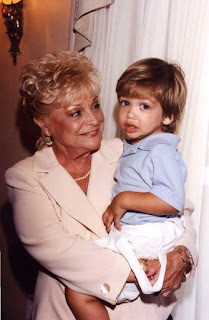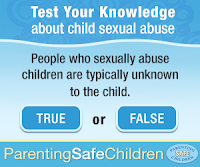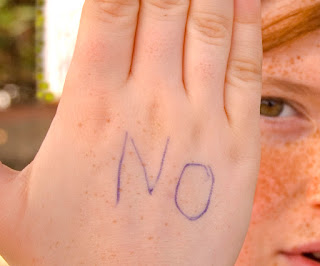 The holidays are a time of greetings and affection, so it’s particularly important to remember that children and teens are safer when they get to choose when and with whom to show affection.
The holidays are a time of greetings and affection, so it’s particularly important to remember that children and teens are safer when they get to choose when and with whom to show affection. If a family member or friend wants to greet your child with a hug or kiss, and your child does not want to, then seize this teachable moment and stand up for your child by modeling healthy boundaries and communicating clearly.
Grandma: “Oh, it’s so good to see you. Give grandma a hug.”
Mom or Dad: “I know you’re a hugger, Mom, but we’ve taught Darius that he gets to choose when he shows affection and it looks like he doesn’t want to hug right now. Darius, is there another way you'd like to greet grandma besides hugging her."
I know how natural it is for parents and grandparents to want to shower their children and grandchildren with hugs and kisses, but giving children a choice about physical affection teaches that consent matters.
It is never a child’s job to manage the feelings of other people. For more on this topic, check out the Parenting Safe Children December 16 post on Facebook.

















